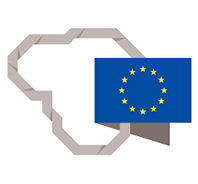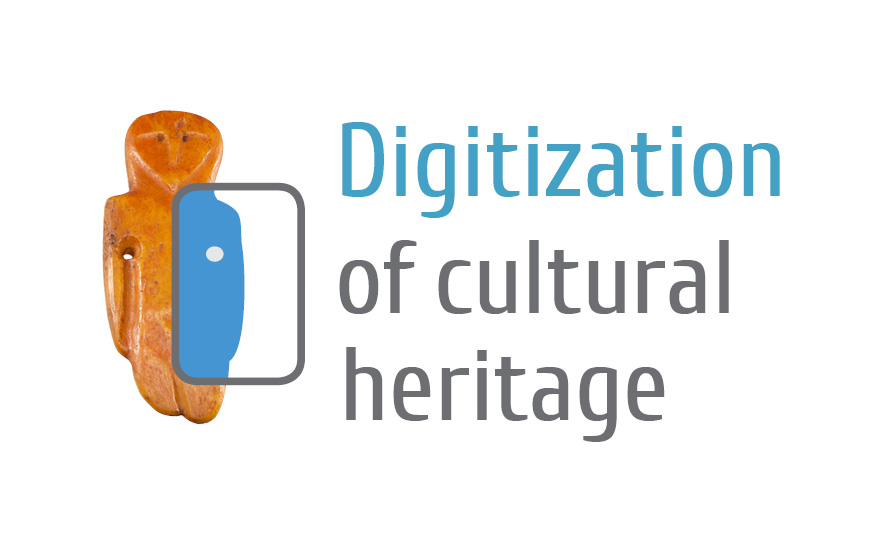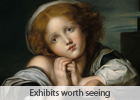-
-
The Light of science
A literary critic, an engineer, a diplomat and a physicist are four Lithuanian enlighteners, Sofija Kymantaitė-Čiurlionienė (1886–1958), Pranas Jodelė (1871–1955), Petras Klimas (1891–1969) and Vincas Čepinskis (1871–1940), who were born in the 19th century and reached creative scientific heights in the 20th century. Their lives and activities are very different, the same as their notoriety in society is. Nevertheless, these prominent personalities were connected by the same goals which are the applicability of the acquired knowledge and scientific works for the benefit of Lithuanian people, the well-being of the country and the strengthening of statehood. Everyone was also engaged in pedagogical activities. P. Klimas, V. Čepinskis and P. Jodelė actively worked on the restoration of higher education in Lithuania, they were lecturers of the Higher Courses established in Kaunas in 1920. S. Kymantaitė-Čiurlionienė taught at Vytautas Magnus University (until 1930 the University of Lithuania). The contribution of these scientists to the modernization of the country and society is obvious. In the exhibition we present some of the exhibits stored in the museum revealing their significant works.
Vincas Čepinskis is a scientist, a physicist, a chemist and a pioneer of experimental physics and physical chemistry in Lithuania, he is one of the initiators of the establishment of Higher Courses in Kaunas, a rector of the University of Lithuania (Vytautas Magnus University since 1930) (1923–1924 and 1929–1933), a vice-rector (1922–1923 and 1928 –1929). In 1926 he served as the Minister of Education of the Republic of Lithuania. In St. Petersburg, at the Russian Palace of Measures and Tether, V. Čepinskis worked as an assistant of the famous chemist, the creator of the periodic table of chemical elements Dmitry Mendeleev.
Pranas Jodelė is a scientist, an engineer and a pioneer of construction technologies. From 1912 to 1913 he built the first cement factory in Lithuania, in Valkininkai area. He taught at the Higher Courses in Kaunas from 1928 to 1929. He was the rector of the University of Lithuania, a long-term vice-rector of
the university, and the first dean of the Faculty of Technology of the University of Lithuania. Since 1936 he worked in the Lithuanian Energy Economy and Land Property Committee, researching Land property. He supervised the research work of university engineers, technologists and geologists. He was the
manager of plenty of construction projects carried out by the university in Kaunas (Faculty of Chemistry and Physics, university clinics, etc.).
Sofija Kymantaitė-Čiurlionienė is a teacher, a writer, an interpreter, a literary critic and an art critic. She taught at the Sun courses in Kaunas from 1910 to 1914 and in Voronezh ( in Lithuanian gymnasium) during World War I. From 1919 to 1921 she worked in the Education Department of the Ministry of National Defense, from 1925 to 1938 she taught Lithuanian language at Vytautas Magnus University. From 1926 to 1937 she organized so-called language Saturdays at her home, where artists, teachers and the enlighteners of Kaunas gathered. From 1933 to 1934 she was one of the editors of the magazine Mother Tongue. From 1929 to 1937 she participated in the meetings of the League of Nations in Geneva as a member of the delegation of the Republic of Lithuania. From 1930 to 1936 she led the Lithuanian scouts.
Petras Klimas is a historian, a lawyer, one of the most famous Lithuanian diplomats and politicians and a signatory of the February 16, 1918 Act of Restoration of Statehood. Since November, 1918 he worked in the Ministry of Foreign Affairs, in 1919 he participated in Paris Peace Conference and in 1920 he took part in peace negotiations with Soviet Russia. From 1923 to 1940 he worked in foreign embassies in Italy, France, Belgium, Luxembourg, Spain, Portugal, he also represented Lithuania in the sessions of the League of Nations. Petras Klimas was a member of the Lithuanian Scientific Society, he prepared textbooks on History and Lithuanian language and important political documents. From 1920 to 1923 he taught a course of Lithuanian prehistory at Higher Courses and at the University of Lithuania in Kaunas.
-
Virtual Exhibitions






